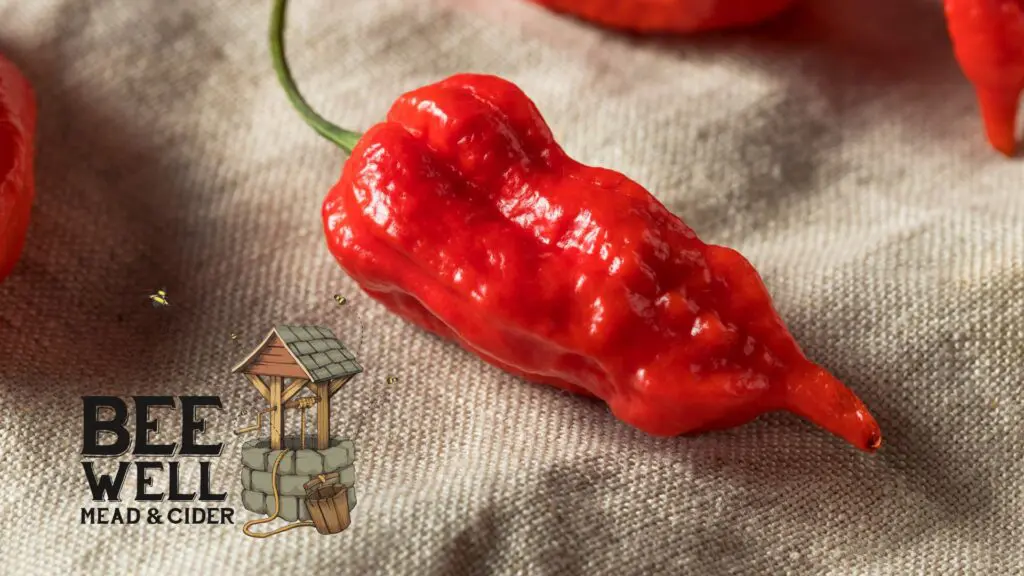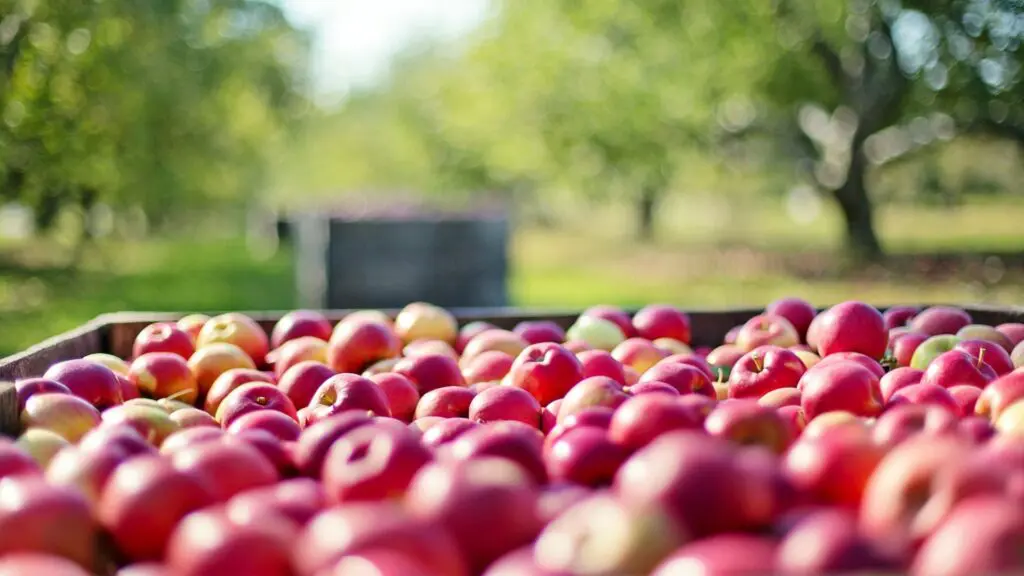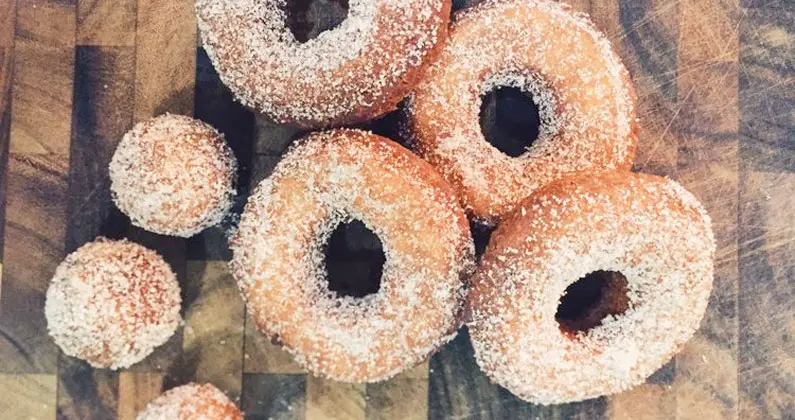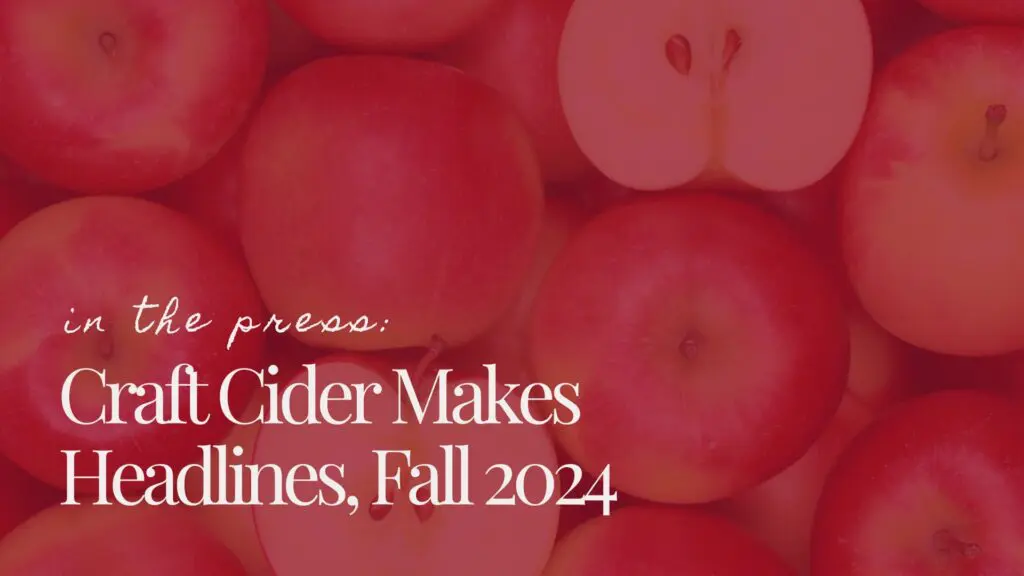This story was featured in the current print issue of CIDERCRAFT—for more in-depth stories and to subscribe to our print publication, click here.
By Alex Fortin
Photography by Bill Bradshaw
Perhaps the most underrated and misunderstood region of the cider world is that of Spain. The ciders of the northern Spanish coast are far different than anything else our North America palates are accustomed to—sour, dry, cloudy with no carbonation and occasionally with aromas of leather and farmyard. I’ve been fascinated and in love with these ciders since the first time I drank them. So when the opportunity came to travel to the Spanish cider regions of Asturias and Basque country, I jumped all over it. After a 24-hour journey traveling on planes, trains and automobiles, nothing could prepare me for what I was about to find—a wide spread passion for cider that dwarfs anywhere else I’ve been.
Bordered by Portugal in the west, France to the east, and the Bay of Biscay to the north, this lush region known as España Verde, or “Green Spain,” is very different than the typical tourist imagery presented in brochures of Spain. Unlike the south of Spain, which is known for flamenco, bullfighting and dry, hot weather, España Verde is in the rain shadow of the Cantabrian Mountains which combined with its proximity to the Bay of Biscay, provides cooler temperatures and ample rain for the orchards found throughout the hill-laden regions of Asturias and Basque country. A combination of weather and fertile ground make an ideal apple-growing climate where cider is celebrated, made and drank by all.
A CUSTOM OF FERMENTATION AND FOOD
Both regions are famous for their traditional-style cider called Sidra Natural in Asturias and Sagardoa in Basque. They are generally tart, dry, cloudy ciders with a yellowish-green color, no carbonation and approximately 5-6.5 percent alcohol by volume. Pressed over the course of two to three days at a time, these ciders are made traditionally by slow fermenting with wild yeast in massive chestnut kegs starting in the fall and finishing in the winter.
Spanish cider is big on personality and character, the most recognizable of which is a slight vinegary taste, known as acetification. Unlike almost anywhere else in the cider world where acetification is considered a major flaw, in Spain it is embraced and commemorated as a natural part of the fermentation process. In my opinion, it’s the acetic qualities of Spanish cider that are one of the things that make it so refreshing and food friendly.
Just outside the world famous coastal city of San Sebastian—where more Michelin star restaurants are located per square foot than anywhere else in the world—is Astigarraga, the heart of Basque country cider. The hilly town of 5,000 is surrounded by 21 sagardotegis, each one being a combination of ciderhouse and restaurant. A fee of about $32-64 U.S. dollars will get you a fixed menu dinner of typically cod omlette, T-bone steak and local cheese while drinking as much cider as you want.
A good example of this is at Petritegi, a sagardotegi that can trace their cider making heritage back more than 500 years. Surrounded by 15 acres of orchard, you can experience the traditional Basque txotx (pronounced CHO-ch) here. It’s a multi-purposed word that is derived from the phonetic sound of when a peg is removed from the keg.
When txotx is called, it is time to go to the cellar to taste cider directly from barrels the size of delivery vans. To commence the tasting, a line is formed in front of the massive chestnut keg. Once the tap is opened, a steady stream of cider pours directly into the first waiting glass. As your turn comes up, you approach the stream of cider with your glass held down low by your knees—as if you were preparing to roll a bowling ball. As the cider hits the inside top of your glass, you take a step forward while raising your hand slowly following the stream of cider until you have roughly two fingers worth in your cup. At this point, you step to the side to make way for the next person before walking to the back of the line to start the process all over again. It’s a dance of pure enjoyment as the constant flow of cider puts a bit of urgency into the march of people ahead and behind you as the libation splashes into the glasses and onto the floor around.
All of this is in between a constant onslaught of amazing food which is served family style in what seems like a never ending meal of delicious gluttony. For the Basque people, txotx is a seasonal event starting in January and running to the end of April. This is the best time to visit as you will be able to taste from each keg as the cider finishes aging from the previous fall’s pressing. According to Spanish cider expert and writer Edu Coto, approximately 90 percent of Basque cider is consumed during the txotx season. After the cider season, the leftover cider is bottled and sold throughout the year in surrounding restaurants and abroad.
For Asturians, every season is good to drink Sidra Natural. Coto, a native Astrurian, said his people drink more than 54 liters of cider per person, per year—on average more than any other region in the world.
THE POWER IS THE IN POUR
There is no place that holds the love of cider more so than Villaviciosa, a charming town of 15,000 people filled with sidarias, “cider pubs,” on every street. It was here in the self-proclaimed “apple capital of Spain” that I got my first experience trying to “escanciar la sidra,” the tricky art of bottle-pouring cider from above your head into a glass held at waist height.
In order to do it properly, one must first give the bottle a couple shakes back and forth to break up sediment. After the shake, start the pouring process with hands spread apart vertically. One hand holds a glass at a 45-degree angle below the waist and the other hand stretches out above one’s head pouring a steady stream from the bottle into the glass below.
Sounds easy enough, right? Think again. It makes sense why Asturians consume so many bottles of cider as it’s quite common for even a well-seasoned escanciador, “cider pourer,” to miss hitting the target from time to time. However, when done correctly and accurately, it’s quite a spectacle of flair and ironclad nerves as the cider breaks on the wide neck of a delicately thin glass cup.
Only two fingers, “un culín,” worth is put into each cup. Any more than that and the carbonation is lost by the time it is consumed. Once poured, it is taken down in steady small sips. The unique design of the wide glasses helps to give you the opportunity to smell the cider as you slowly drink it in. These vessels and the unique pouring technique are truly the catalyst to connect with and fully appreciate the traditional Spanish cider.
A BIT OF CIDER
“Un culin manin” is a common phrase in the sidarias found in Asturias, which roughly translates to “pour me a bit of cider, buddy.” Upon announcement, this will initiate another round of drinking and it is the designated cider pourer’s responsibility to remember the order of who was served as bottles are shared communally in rounds. As the night progresses, remembering whose turn it is to drink becomes increasingly difficult for groups larger than three people.
I learned this lesson firsthand in the coastal cider-loving city of Gijon at the Plaza Periodista Arturo Aria—an outdoor meeting and drinking space surrounded by cider pubs. I was in town for the La Fiesta de la Sidra, Spain’s largest cider festival which is held in the city annually and where thousands gather in the town. The festival brings swarms of thirsty cider drinkers to wait in lines, shoulder to shoulder, drinking their favorite Asturian ciders. In 2013, the late August event had 8,601 people gather for a tandem traditional cider pour, breaking the Guinness World Records. The festival concludes each year with a judging competition and the winner planting a cider tree in an orchard surrounded by trees from the previous years’ winners.
Understanding Spanish cider, from its cultural impact to how it is produced, poured and tasted all play a critical role in the consumption and tradition of the drink. Since returning, I did a sensory evaluation test where I found that having the right glass and pouring technique makes all the difference to the enjoyment of the cider. These little differences help transcend a slightly acetic cider to truly legendary status.













 Introducing Island Daiquiri from @portlan
Introducing Island Daiquiri from @portlan







